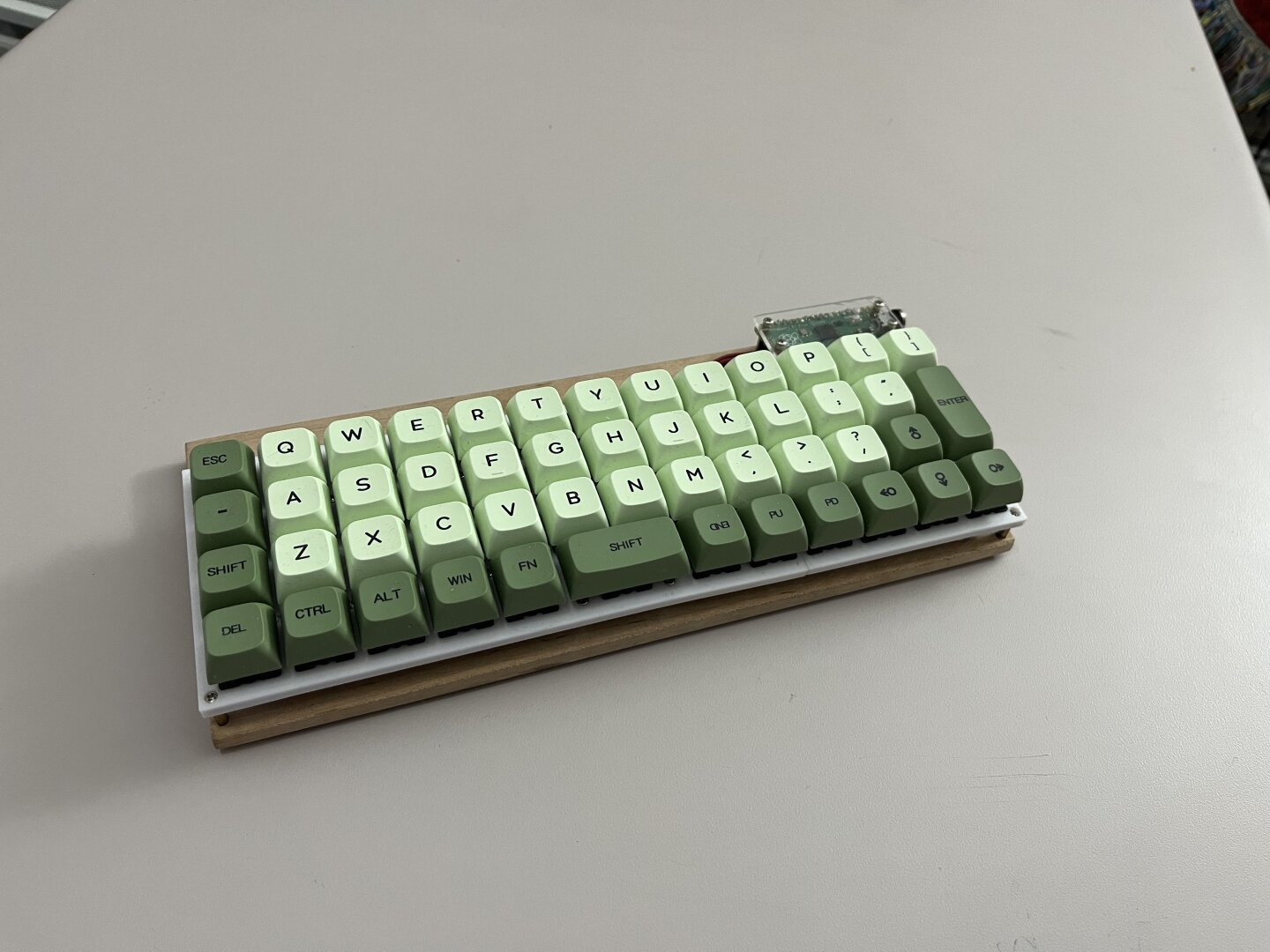I wouldn’t presume to have even 20% of the 2600 games that bring something different and good to the table, it’s just (to misquote Samuel Johnson), for so many of them the good parts are not different and the different parts are not good.
And again, that’s completely apart from a personal nostalgia (god knows I indulge in that) or to propose that they’re simply not fun in a binary sense. If I’m 12 and I get 2600 Venture I enjoy the hell out of it, but if I’m a middle aged man in 2024, at the bare minimum I’m going for this.









Fair, and maybe I’m stepping in it a bit, but thought a post about a 4-switch Vader 2600 might attract a lively crowd.